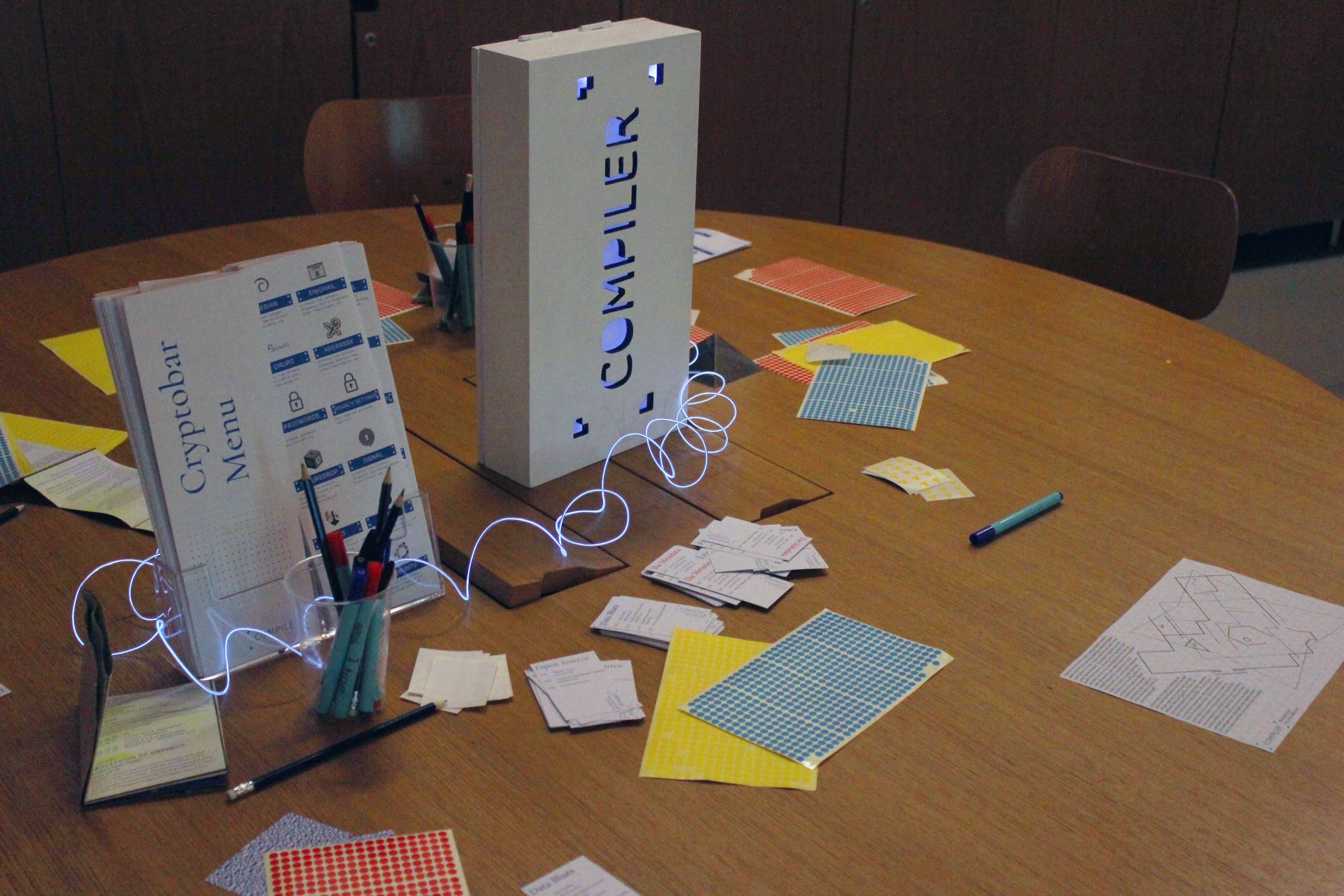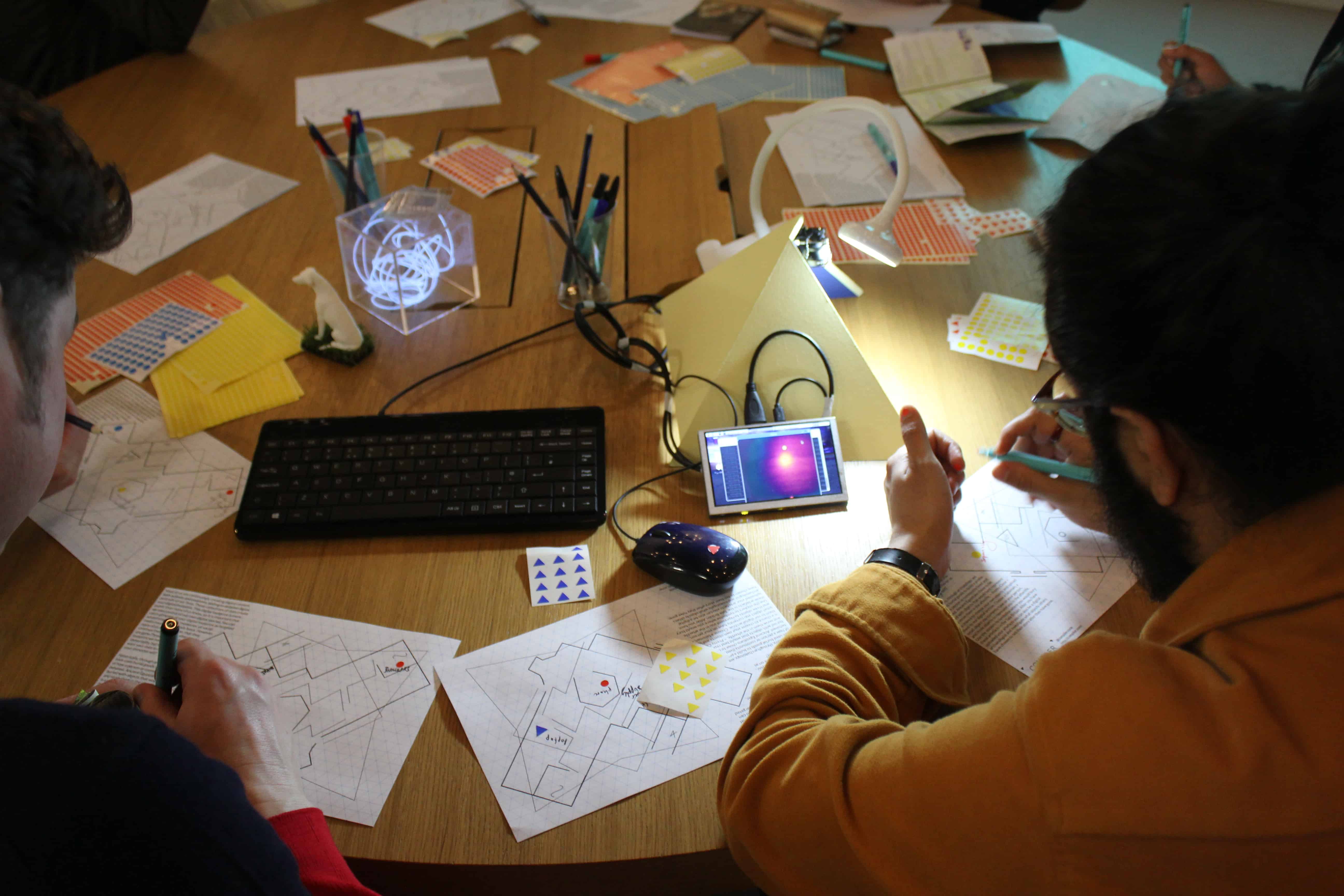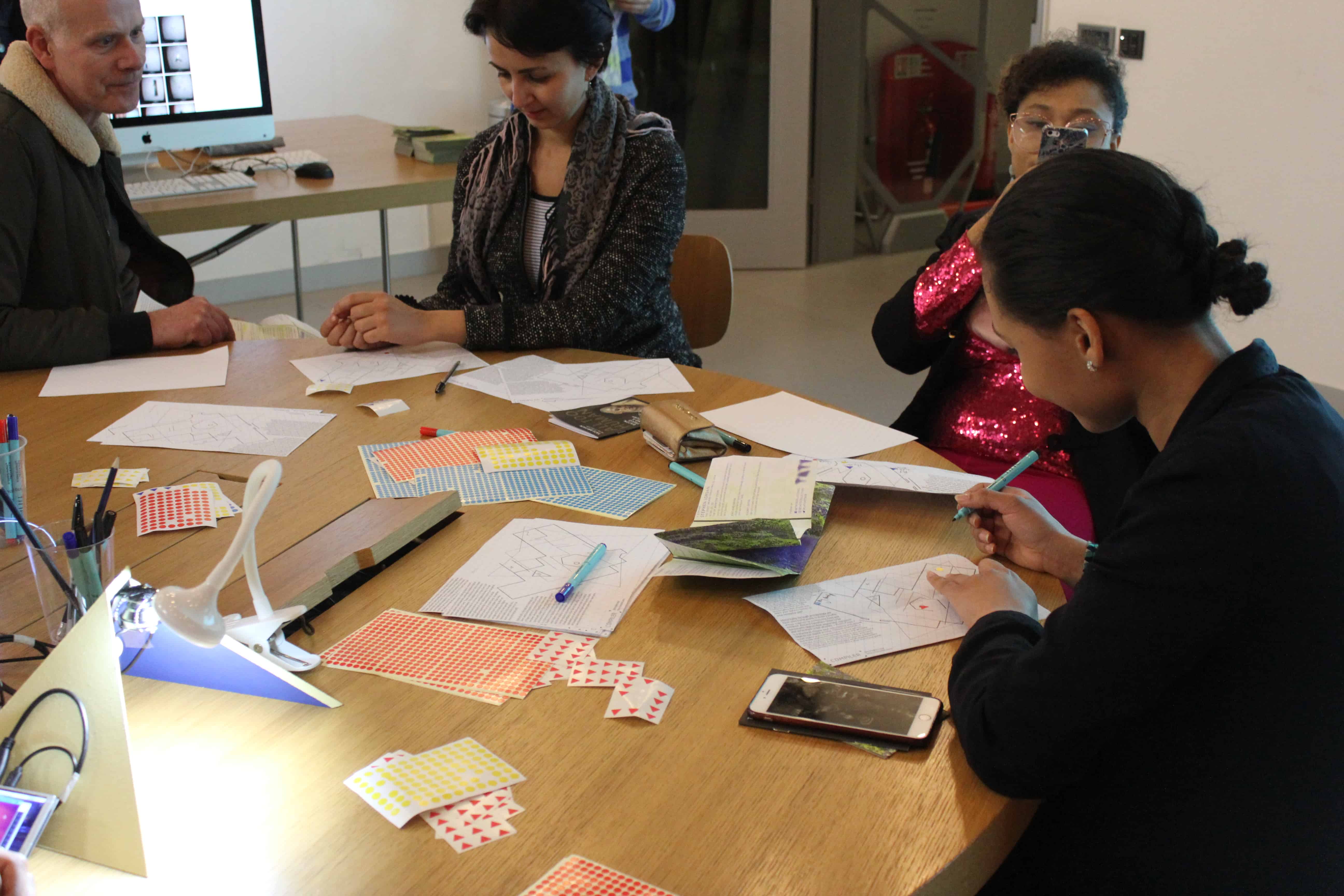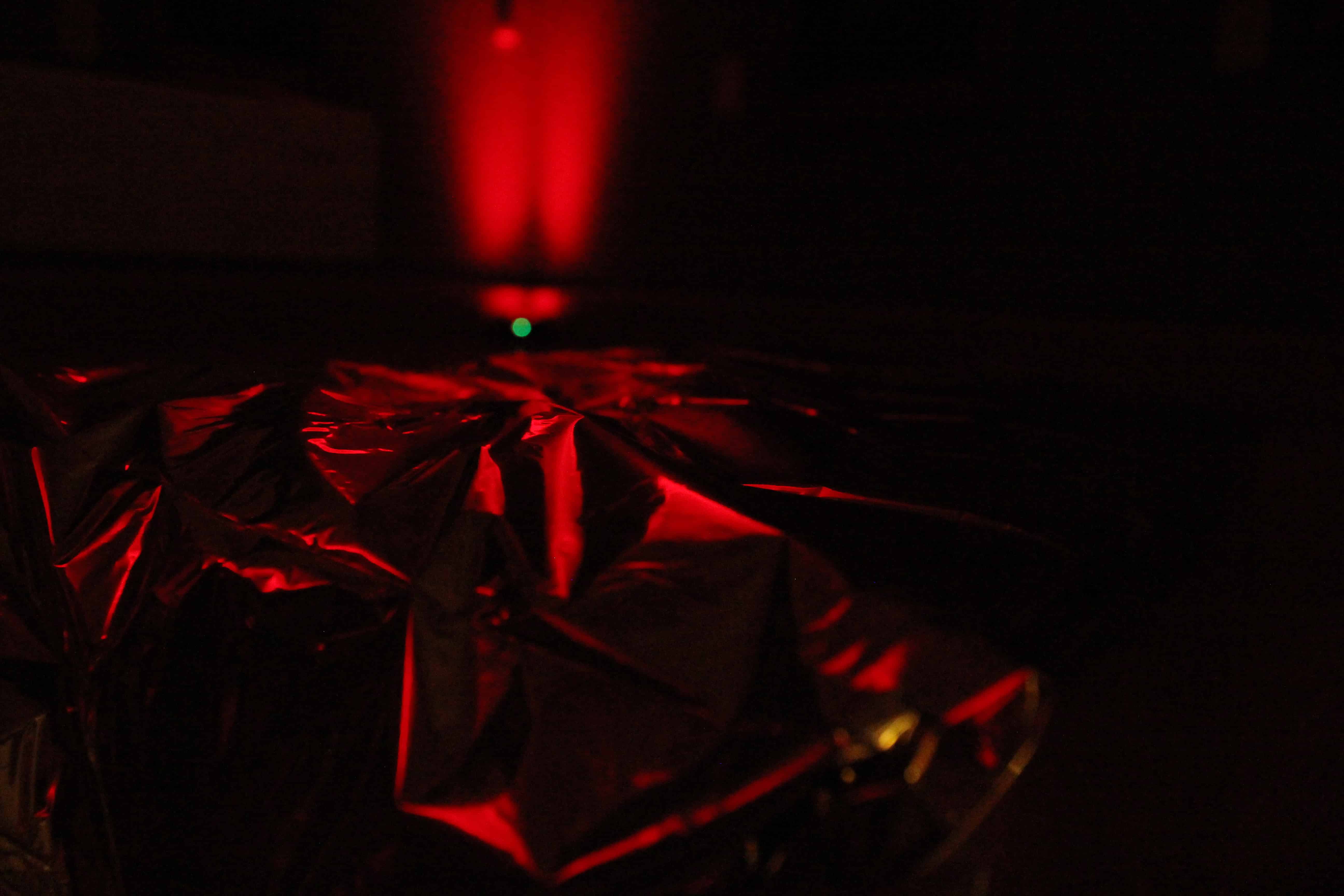
Late at Tate Britain: Echoes
6-9.30pm Fri 6th April 2018
A night exploring myths and morality, inspired by Marguerite Humeau’s Echoes.
As we go through daily life most of us are creating digital content, both actively and passively, adding to unprecedentedly detailed digital portraits of our lives. These collections of data combine to create our digital footprint. This includes, but is not limited to, internet history, online shopping habits, emails and messages sent and received, social media accounts, use of location software and any information submitted online. This digital footprint is more public than many of us know. However, it is important that we start to understand and question the control and ownership of this data. Your data is telling your story, it is a digital portrait, so you need to make sure it is accurate. You should be in control of your story.
You can catch glimpses of your digital footprint as we are haunted by our digital past on a regular basis. From the ‘memories’ social media chooses to remind us of that recurring online ad for a product you viewed once, a month ago. These momentary hauntings highlight that nothing is lost in virtual space and our digital traces can be followed nearly everywhere we go. Gaining control of your digital footprint is not only important because companies can target you with content and marketing or that employers will research your background and insurance companies could access your health data, but we forget that all our data lives on long after we die. Our online profiles and the digital systems that haunt us through life, continue their haunting after we are gone. Many people do not understand the complications of our newfound immortality.
Workshop:
Historically, through the process of archaeology, we have used artefacts to build a profile and an understanding of how a particular person or community lived and behaved. The ancient Egyptians were buried with objects they thought would best represent and serve them in the afterlife. ≈ Pretty Close ≈ is an opportunity to choose your own objects and to upload them to our digital archive. Choose one small object that you currently have on your person to be your talisman, this will word away those who wish to raid you data, and write down three personal objects that you would like to represent you in the afterlife. Use the three coloured stickers to symbolise where you would bury these artefacts within the Tate Britain. Once completed, you can upload your artefacts and their locations to our collective digital archive. You can also be a digital archaeologist and investigate the people who have come before, what have they chosen to tell their story after they have gone?
Sound Installation:
Considering how creative digital practices are a useful lens through which we view the confrontations between life and death, this project reflects the hauntological (neither living nor dead) potential that digital audiovisual file formats reveal. Digital image, video and sound files create a representation of their absent subject in the same ways as traditional media. However, the fact that they are inherently encoded as a series of zeros and ones implies a new potential for manipulation and duplication. A disconnect occurs in the space between the binary form and its multi-sensual audiovisual representation.
In this multi-room sound installation, each space is haunted by sounds of its own past and the objects of the speakers provide an eerie source of confusion and awe. Digital sound recordings from the Tate Britain building were manipulated using methods natural to the logics of numerical computation (rather than processes that co-evolved with old media and are merely simulated by contemporary software). Presuming that digital recordings do demonstrate a break in the direct link to their subject, it was logical to deliberately exclude the Echoes room from these recordings and consider alternative ways that digital processes can reveal footprints of their source beyond material connection.















